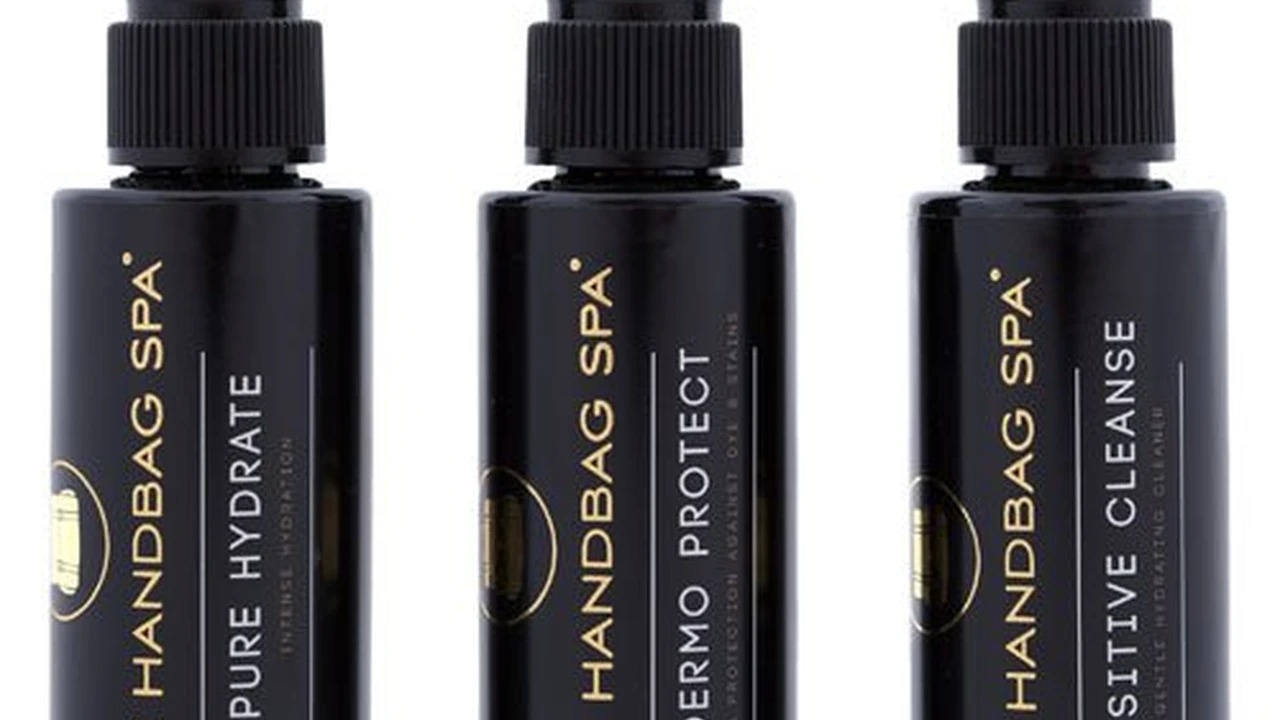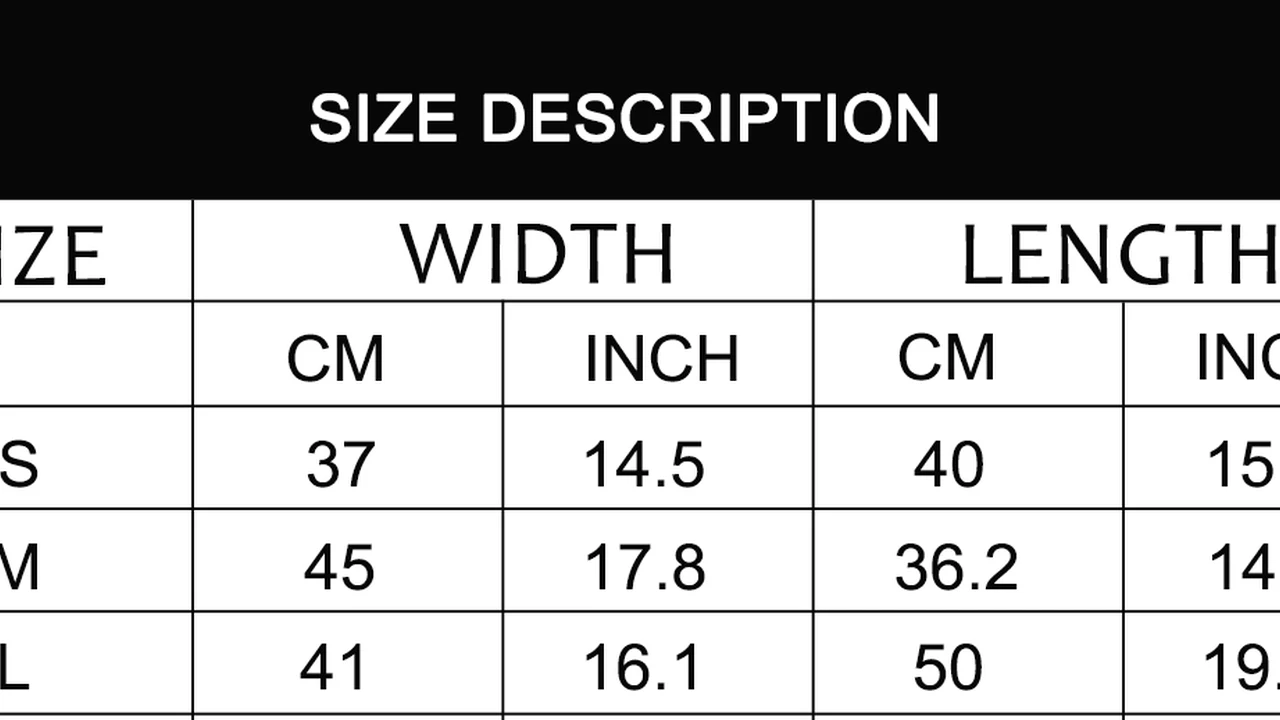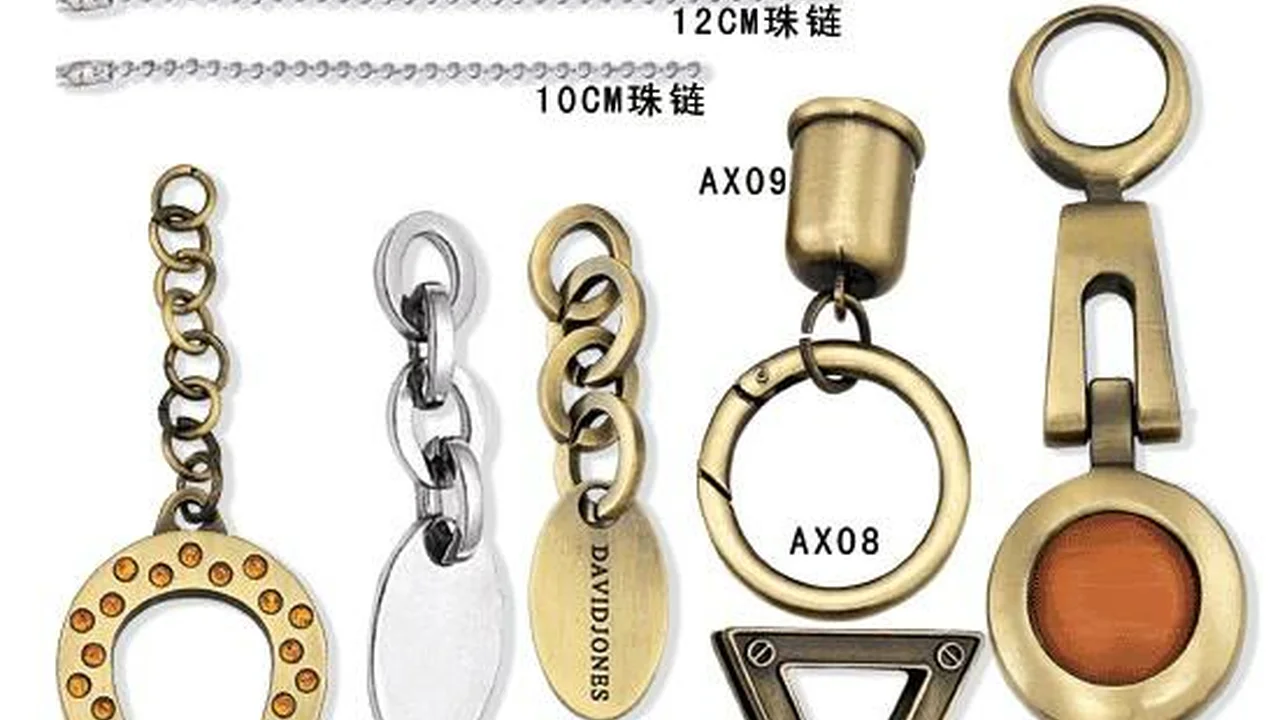How to Condition a Leather Handbag_ Keeping It Soft and Supple
Learn how to condition a leather handbag to keep it soft and supple. Essential tips for maintaining its quality.

Why Conditioning Your Leather Handbag Matters Leather Care 101
Okay, let's talk leather. You've probably invested in a beautiful leather handbag, and you want it to last, right? Well, conditioning is the secret weapon. Think of it like moisturizer for your skin – it keeps the leather supple, prevents cracking, and extends its lifespan. Without regular conditioning, leather can dry out, become brittle, and eventually crack. Nobody wants a cracked handbag! Conditioning replenishes the natural oils that are lost over time, keeping your bag looking its best.
Understanding Different Types of Leather and Conditioners Leather Types and Conditioner Choices
Before you go slathering on any old conditioner, it's crucial to understand the type of leather your handbag is made from. Different leathers require different types of conditioners. Here's a quick rundown:
- Full-Grain Leather: This is the highest quality leather and needs a rich, nourishing conditioner.
- Top-Grain Leather: A good quality leather, but slightly less durable than full-grain. Use a quality conditioner.
- Genuine Leather: This is a lower grade leather and can be more prone to drying out. Condition regularly.
- Suede and Nubuck: These are delicate leathers that require special suede conditioners. Regular leather conditioners can stain or damage them.
- Exotic Leathers (e.g., Crocodile, Snake): These require specialized conditioners designed for exotic skins. Consult a professional if you're unsure.
Types of Conditioners:
- Cream Conditioners: These are great for general use and provide good hydration.
- Oil Conditioners: These are best for very dry or neglected leather. Use sparingly, as they can darken the leather.
- Spray Conditioners: These are convenient for quick touch-ups but may not be as effective as cream or oil conditioners.
- Leather Balsams: These often contain waxes and oils, providing both conditioning and protection.
Choosing the Right Leather Conditioner Product Recommendations and Considerations
Now, let's get down to specifics. Here are a few recommended leather conditioners, keeping in mind different leather types and budgets:
- For Full-Grain Leather: Bickmore Bick 4 Leather Conditioner ($15-$20). This is a widely recommended, pH-balanced conditioner that won't darken the leather. It's great for restoring moisture and preventing cracking.
- For General Use: Leather Honey Leather Conditioner ($20-$25). This is a popular choice with excellent reviews. It's a non-toxic formula that works well on various types of leather.
- For Suede/Nubuck: Kiwi Suede and Nubuck Protector ($8-$12). This spray protects against water and stains while also conditioning the delicate fibers.
- For Budget-Friendly Option: Weiman Leather Conditioner ($5-$10). A readily available and affordable option for regular maintenance.
Considerations:
- Read the label: Always check the conditioner's label to ensure it's suitable for your leather type.
- Test in an inconspicuous area: Before applying the conditioner to the entire bag, test it on a small, hidden area (like the bottom or inside) to ensure it doesn't discolor the leather.
- Avoid conditioners with harsh chemicals: Look for conditioners that are pH-balanced and free of harsh chemicals like silicone or petroleum distillates.
Step-by-Step Guide to Conditioning Your Leather Handbag The Conditioning Process Explained
Alright, let's get your hands dirty (or rather, clean!). Here's a step-by-step guide to conditioning your leather handbag:
- Clean the Bag: Before conditioning, it's essential to clean your bag to remove any dirt, dust, or grime. Use a soft, damp cloth to gently wipe down the exterior. For stubborn stains, you may need a dedicated leather cleaner. Let the bag dry completely before proceeding.
- Gather Your Supplies: You'll need your chosen leather conditioner, a soft, lint-free cloth (microfiber cloths work great), and a clean, dry surface to work on.
- Apply the Conditioner: Apply a small amount of conditioner to the cloth. Don't apply it directly to the bag! Gently rub the conditioner into the leather in a circular motion. Work in small sections, ensuring even coverage.
- Let It Absorb: Allow the conditioner to absorb into the leather for at least 15-20 minutes, or as directed on the product label.
- Buff the Bag: After the conditioner has absorbed, use a clean, dry cloth to buff the bag. This will remove any excess conditioner and leave the leather with a beautiful sheen.
Conditioning Frequency How Often Should You Condition?
The frequency of conditioning depends on how often you use your bag and the environment it's exposed to. As a general rule, condition your leather handbag every 3-6 months. If you live in a dry climate or use your bag frequently, you may need to condition it more often. You'll know it's time to condition when the leather starts to feel dry or stiff.
Common Mistakes to Avoid During Leather Conditioning Preventing Damage and Ensuring Success
Here are some common mistakes to avoid when conditioning your leather handbag:
- Using too much conditioner: Applying too much conditioner can clog the pores of the leather and make it feel greasy. Start with a small amount and add more as needed.
- Using the wrong type of conditioner: As mentioned earlier, using the wrong type of conditioner can damage the leather. Always check the label and test in an inconspicuous area.
- Skipping the cleaning step: Conditioning a dirty bag can trap dirt and grime in the leather, leading to further damage.
- Not buffing the bag: Buffing removes excess conditioner and prevents the leather from feeling sticky or greasy.
- Ignoring the hardware: While you're conditioning the leather, don't forget to wipe down the hardware (zippers, buckles, etc.) with a clean cloth to remove any dirt or tarnish.
Product Comparison Bickmore Bick 4 vs. Leather Honey Real-World Usage Scenarios
Let's dive a bit deeper into two popular conditioners, Bickmore Bick 4 and Leather Honey, and see how they perform in different scenarios:
- Bickmore Bick 4:
- Pros: Doesn't darken leather, pH-balanced, great for full-grain leather, widely recommended.
- Cons: May not be as effective on very dry leather as Leather Honey.
- Scenario: You have a high-end, full-grain leather handbag that you want to maintain its original color and suppleness. Bickmore Bick 4 is an excellent choice for regular maintenance.
- Leather Honey:
- Pros: Excellent for very dry leather, non-toxic formula, works well on various leather types.
- Cons: Can slightly darken lighter colored leather, strong odor (which dissipates over time).
- Scenario: You have a leather handbag that's been neglected and feels dry and stiff. Leather Honey can help restore its moisture and suppleness. However, test it in an inconspicuous area first, especially if your bag is a light color.
Protecting Your Investment Additional Tips for Long-Term Leather Handbag Care
Conditioning is just one piece of the puzzle. Here are some additional tips for protecting your investment and keeping your leather handbag looking its best for years to come:
- Store Your Bag Properly: When not in use, store your handbag in a dust bag to protect it from dust, sunlight, and scratches. Stuff it with acid-free tissue paper to maintain its shape.
- Avoid Overexposure to Sunlight: Prolonged exposure to sunlight can fade the color of your leather handbag. Avoid leaving it in direct sunlight for extended periods.
- Protect from Rain and Moisture: Leather is susceptible to water damage. If your bag gets wet, blot it dry immediately with a soft cloth and allow it to air dry away from direct heat. Consider using a leather protector spray for added protection.
- Handle with Care: Avoid carrying heavy items in your handbag, as this can stretch the leather and cause it to lose its shape.
- Professional Cleaning: For deep cleaning or repairs, consider taking your handbag to a professional leather cleaner.
Maintaining Hardware Caring for Zippers Buckles and Other Metal Components
Don't forget about the hardware! Zippers, buckles, and other metal components can also benefit from a little TLC. Use a soft cloth to wipe down the hardware regularly to remove any dirt or tarnish. For stubborn tarnish, you can use a specialized metal cleaner, but be sure to test it in an inconspicuous area first. A little bit of lubrication on zippers can also help keep them running smoothly.
DIY Leather Conditioner Alternatives Simple Home Remedies
While commercially available leather conditioners are generally recommended, there are a few DIY alternatives you can try in a pinch. However, use these with caution and always test in an inconspicuous area first!
- Olive Oil: A small amount of olive oil can be used to moisturize leather. Apply sparingly and buff well.
- Beeswax: A mixture of beeswax and olive oil can be used to create a homemade leather balm.
Disclaimer: DIY leather conditioners may not be as effective or safe as commercially available products. Use at your own risk!
:max_bytes(150000):strip_icc()/277019-baked-pork-chops-with-cream-of-mushroom-soup-DDMFS-beauty-4x3-BG-7505-5762b731cf30447d9cbbbbbf387beafa.jpg)






